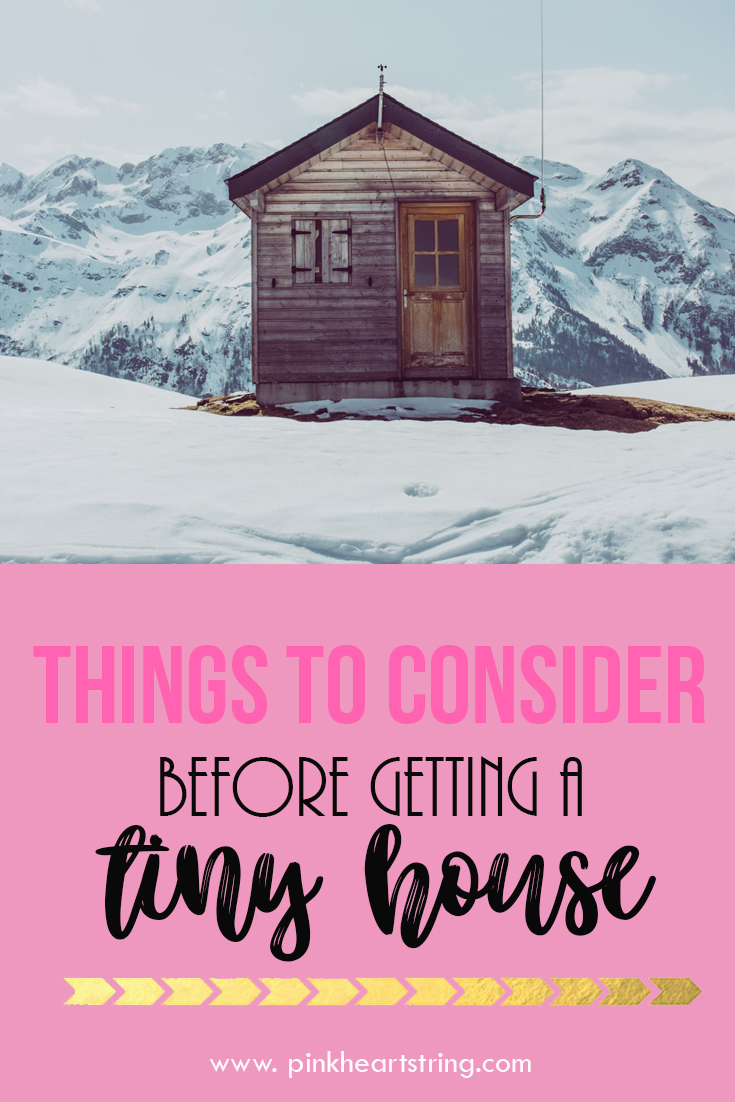While most Americans still dream of living in a spacious, sprawling home, there is a growing number of people who are bucking the trend by living in a tiny house. This movement was made even more popular by massively-popular shows such as “Tiny House Hunters” on HGTV and “Tiny House Nation” on FYI, which featured people from all walks of life living happily in their tiny homes.

What is a Tiny House?
While there are no set standards as to what constitutes a tiny house, these structures are generally between 100 to 400 square feet, and rarely exceeds 500 square feet. By contrast, the average home in the USA measures in at around 2,520 square feet.
The tiny house movement began as an alternative and affordable housing option, especially after the 2007 financial crisis. Many homeowners looked for ways to have an affordable yet still comfortable homes, and tiny housing was a good option. It was also a popular choice for people who wanted to have eco-friendlier lifestyles, as well as people who wanted to have small or mobile vacation homes.
While it may have started out looking like a trend, it actually caught on, and these days, more and more people are looking to switch to tiny home living.
Is a Tiny Home Right for Me?
Before you start researching on how to build a tiny house or purchasing one outright, you should first consider whether it’s the right move for you. Here are some of the factors that you should consider before getting a tiny house for you:
· Cost
The cost of a tiny house can vary wildly depending on several factors, such as the size, the complexity of the plans, and the materials that you use. While it can range anywhere from $10,000 to $180,000, the average costs will fall somewhere between $30,000 to $40,000. While it’s still a fraction of the cost you will spend if you build an average-sized home, it’s still a considerable figure. If you don’t have cash on hand, you will need to consider third-party financing, such as getting a loan from a bank.
· Zoning Requirements
Even though tiny homes can fit into available spaces more easily compared to the average-sized home, this doesn’t mean that you can just set up shop in an empty lot. You need to check what the applicable zoning, building, and land-use laws exist. In general, rural areas have more lenient zoning requirements compared to urban centers.
· Occupants
Most tiny homes are for single homeowners or those with small families. If you have a large family, a tiny home might end up feeling cramped.
· Mobility
Are you looking for a tiny home that’s fixed, or do you want to move it around? Depending on your needs, you should plan whether your tiny house will be built on a foundation or built to be transported.
· Utilities
You also need to plan for your utilities, such as your water, electricity, and Internet connection. In rural areas, you might be saving when it comes to zoning requirements, but you might still end up spending a bit more in order to get your tiny home connected to the utility grid.
· Contractors
Do you have reliable and experienced contractors in your area that have built tiny homes before? These contractors need to have the same experience and licenses as a regular contractor.
Remember, it’s STILL a House
One thing that many people fail to take into account when purchasing or building a tiny home is that it’s still a home, and you need to purchase homeowner’s insurance to protect it from liabilities and damages. However, this insurance can change depending on the type of tiny home that you have.
If you have a tiny home that’s built with a foundation, you can get insurance from the National Organization for Alternative Housing (NOAH). If it’s mobile, however, you may need to get insurance from a provider who is certified to provide RV insurance.

Do You Plan to Move to Another Home Anytime Soon?
A tiny home is still a significant financial investment, and you need to take into account your long-term plans. If you have any plans of moving in the near future, a tiny home might not be a good idea because it’s part of a niche market. This means that you might have trouble finding buyers for your tiny home, and even if you find buyers, you could still have trouble selling it for the market price that you want.